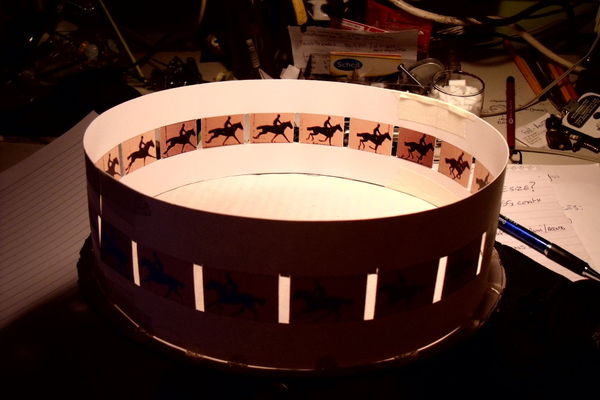Reasons Producers should research
This blog post is to highlight the reasons to research as a producer in the film industry.Target Market (Market Research/Audience Research)
The reason producers should research 'Target Markets' is simply because they need to be aware of the fan base of this certain genre of film, this is put simply to find which age group the film would sell to the best; better target market=better box office sales.
Historical and Factual information and data
(Audience Research/Production Research)
Producers must know exactly what they are basing their own film on. For example, if a producer wanted to create a film set in World War 2, the setting must accurately reflect the era they had chosen, for example they could not send the soldiers into battle with modern day technology and weaponry.
Demand (Audience Research/Production Research)
For a film to create a high rating in the box office, it must sell a large amount of tickets. in order to achieve this they must find the demand for that genre of film, in today market, there has been an influx of super hero films, these films are the most effective because of there simple and arguably bland story line but they sell very high in cinemas because of the high demand from a younger target market who have the largest demand for that genre of film.
Budget and Costs(Production Research)
a Producer and a director must know that they have limited funding. they cannot spend more than there budget given, so sometimes you have to improvise as a producer. To keep on track of your budget you must know how much props, crew members and also settings and flights cost, if you make less than you spend in a film, this film is deemed a failure.



























































